Understanding Rhinosinusitis: Causes, Symptoms, Diagnosis, and Treatment
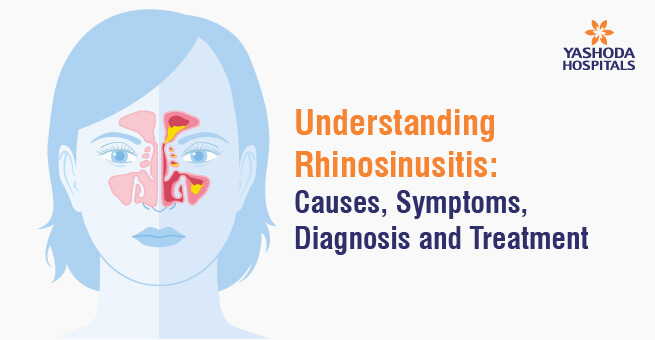
Rhinosinusitis is a disorder that disrupts the nasal canals and causes substantial discomfort by inflaming the paranasal and nasal sinuses. This inflammation can range from acute to subacute and chronic, leading to various degrees of discomfort and inconvenience.
Classification of Rhinosinusitis
Rhinosinusitis is typically categorized into three main types based on the duration of symptoms:
- Acute Rhinosinusitis: This type is characterized by inflammation due to bacterial infection, and its clinical symptoms last for four weeks or less.
- Subacute Rhinosinusitis: Subacute rhinosinusitis has symptoms that persist between four to twelve weeks.
- Chronic Rhinosinusitis: When the inflammation and symptoms last for more than twelve weeks, the condition is chronic rhinosinusitis.
Causes of Rhinosinusitis
Rhinosinusitis often arises from the obstruction of the osteomeatal complex, an essential region where the drainage pathways of all the sinuses converge. This obstruction can occur due to various reasons, including:
- Deviated Nasal Septum: A deviated nasal septum can block the normal flow of mucus, leading to rhinosinusitis.
- Enlarged Turbinates: Turbinates in the nasal cavity can become enlarged, obstructing the sinus drainage pathways.
- Allergies: Allergic reactions can cause inflammation and blockage of the nasal passages.
- Immune Problems: Individuals with compromised immune systems are more susceptible to rhinosinusitis.
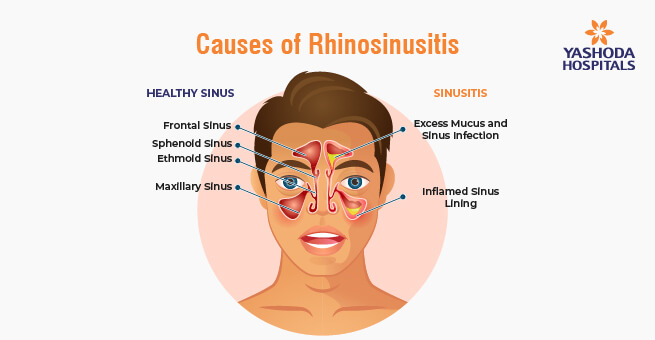
Symptoms and Signs of Rhinosinusitis
The symptoms and signs of rhinosinusitis can significantly impact an individual’s quality of life. The most common symptoms include facial pain, nasal congestion,rhinorrhea (excessive nasal discharge, especially in acute cases), post Nasal Drainage, hyposmia/anosmia and fever. Minor factors encompass discolored postnasal discharge, hyposmia or anosmia, nasal purulence on examination, headache, halitosis, fatigue, dental pain, cough, ear pain or pressure, and fever.
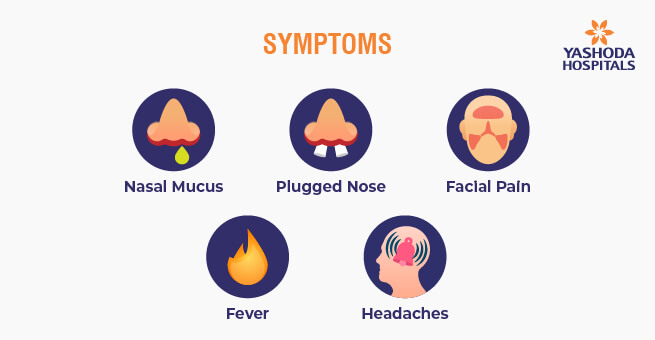
Diagnosis of Rhinosinusitis
Diagnosing rhinosinusitis begins with a comprehensive evaluation of a patient’s medical history and a thorough physical examination such as, chronic medical illnesses, asthma, migraines, past craniofacial and sinonasal surgeries, allergies, tobacco use, and the status of the patient’s immune system. In some cases, flexible or rigid endoscopy may be performed to get a closer look at the nasal passages and sinuses.
Additional diagnostic tests that can be utilized include cultures of nasal secretions to identify causative microorganisms, X-ray Paranasal Sinuses (Waters View & Caldwell View) for assessing sinus abnormalities, CT Paranasal Sinuses to provide detailed sinus structure images, and MRI for further evaluation, particularly in cases where complications are suspected.
“Take the first step to better health by consulting for Rhinosinusitis treatment options.”
Treatment Options for Rhinosinusitis
The primary goals of treating rhinosinusitis are to alleviate symptoms and resolve the underlying disease process. Treatment approaches can be categorized into two main strategies: symptomatic therapy and, in some cases, surgical interventions.
Symptomatic Therapy: Symptomatic therapy aims to manage symptoms effectively, utilizing a variety of medications and interventions which includes analgesics for pain relief, antipyretics to reduce fever, NSAIDs for inflammation and pain reduction, steroids to control inflammation, mucolytics to thin mucus, antihistamines for allergy-related issues, decongestants to relieve nasal congestion, nasal saline irrigations for congestion relief and mucus removal, and antibiotics for bacterial infections.
Surgical Procedures: Surgical intervention may be considered if conservative measures do not provide relief or in cases of chronic rhinosinusitis. Two common surgical procedures for rhinosinusitis include Functional Endoscopic Sinus Surgery (FESS), which utilizes an endoscope to remove obstructions and enhance sinus drainage, and Balloon Sinuplasty, where a balloon catheter is inserted into the sinus passages and expanded to widen restricted openings.
Latest advances in Rhinosinusitis Treatment: Two notable advancements are Balloon Sinuplasty, a minimally invasive procedure with shorter recovery times, and Computer-Aided Surgery (Navigation Surgery), which provides real-time imaging guidance for more precise interventions.
Navigating Rhinosinusitis for Improved Quality of Life
Understanding the causes, symptoms, diagnosis, and treatment options for rhinosinusitis is essential for both patients and healthcare providers. With advancements in medical technology and a comprehensive approach to treatment, individuals suffering from rhinosinusitis can find relief and improve their quality of life. If you suspect you have rhinosinusitis, it is crucial to consult with a healthcare professional for a proper diagnosis and tailored treatment plan.
References:
- Rhinosinusitis https://www.clinicbarcelona.org/en/assistance/diseases/rhinosinusitis/causes-and-risk-factors
- Adult Rhinosinusitis: Diagnosis and Management https://www.aafp.org/pubs/afp/issues/2001/0101/p69.html
- Chronic Sinusitis https://www.mayoclinic.org/diseases-conditions/chronic-sinusitis/diagnosis-treatment/drc-20351667
- Acute Bacterial Rhinosinusitis https://www.cedars-sinai.org/health-library/diseases-and-conditions/a/acute-bacterial-rhinosinusitis-1.html
- Current and Future Treatments of Rhinitis and Sinusitis https://www.ncbi.nlm.nih.gov/pmc/articles/PMC7416524/
About Author –




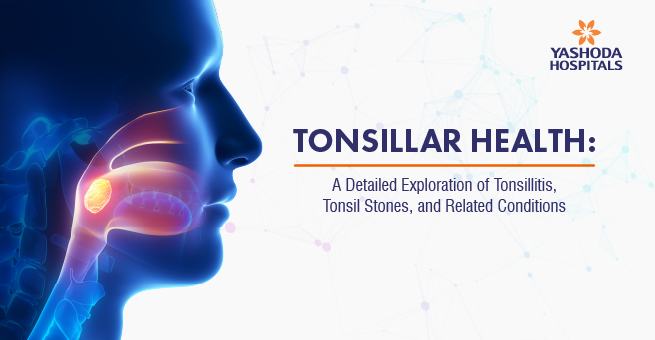
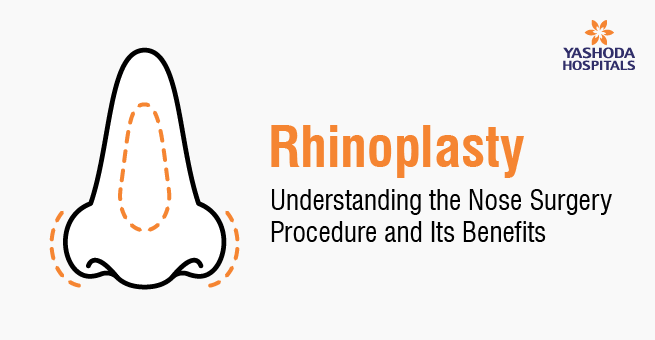
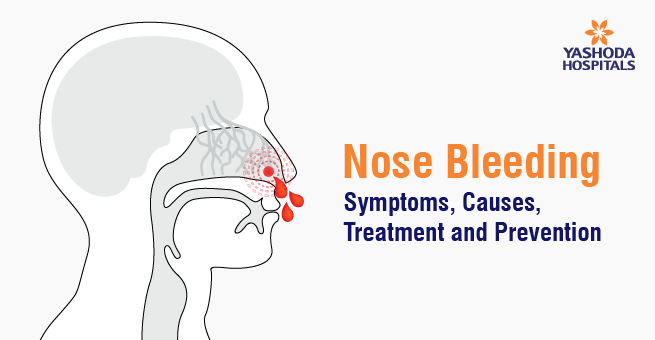
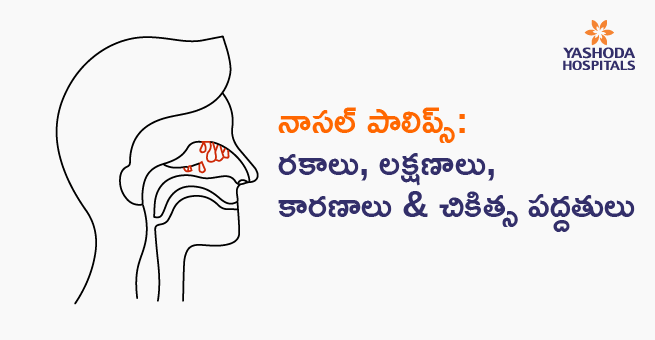


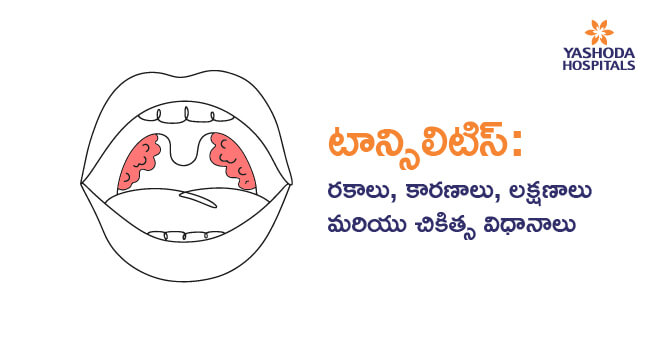


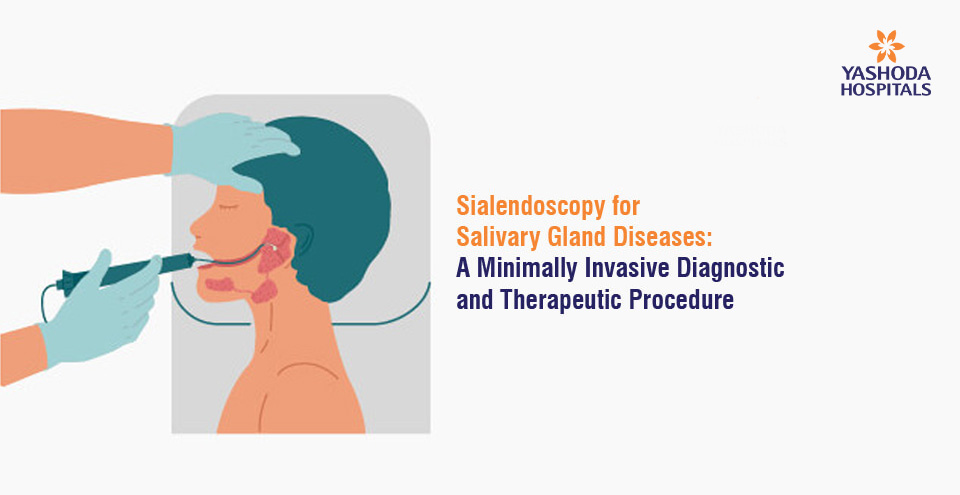
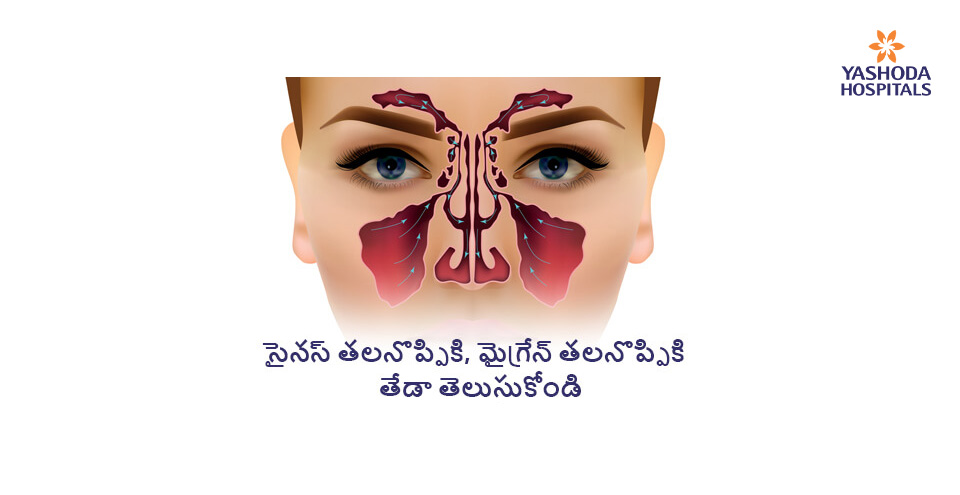
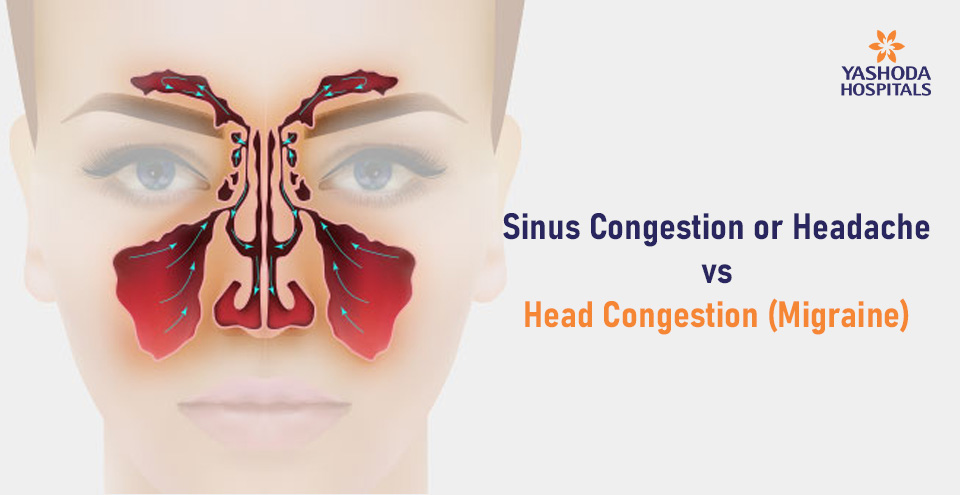





 Appointment
Appointment WhatsApp
WhatsApp Call
Call More
More